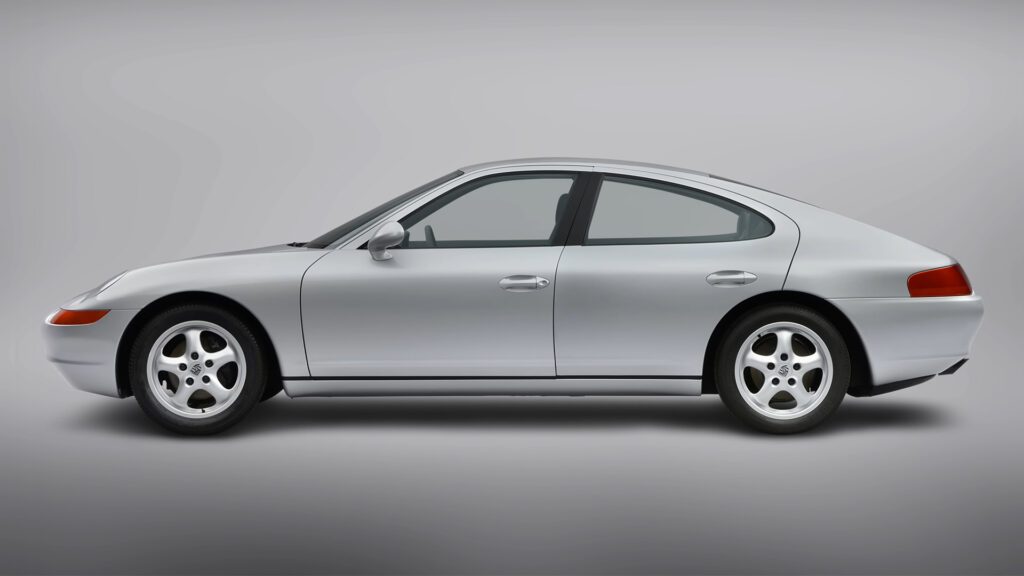For the average person, it’s hard to imagine a time where Porsche didn’t make four-door vehicles. While the two-door 911 and the 718 arguably generate the most buzz for the German automaker, two-thirds of their current model range actually features four doors.
And while some enthusiasts out there might be aware of some pre-Panamera attempts at a four-door sedan like the 989 concept, the story actually goes much farther back than most would expect, and a new video from Big Car chronicles it in full.
Read More: The Porsche Vision 357 Is A Retrotastic Homage To The Original 356
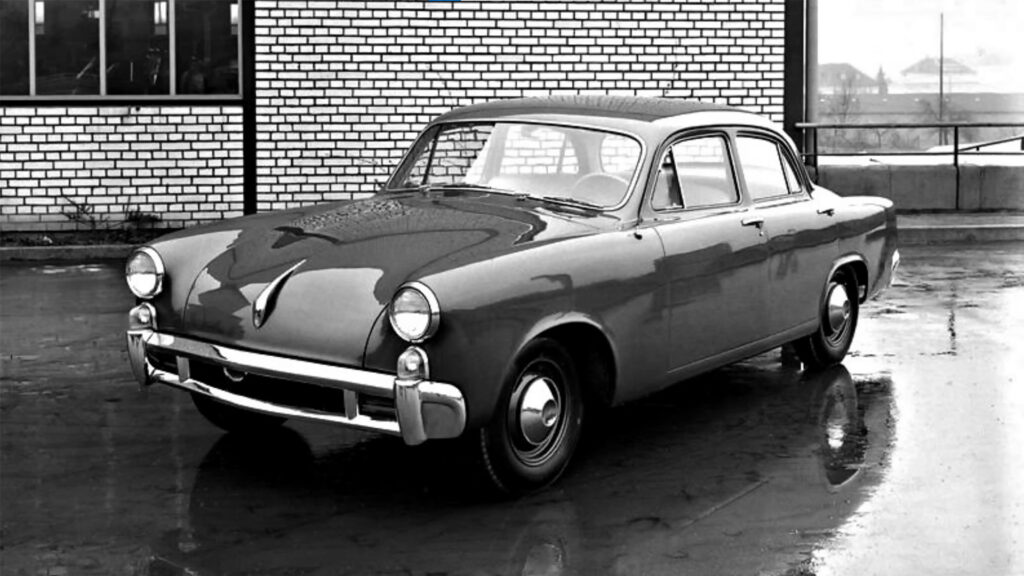
The first four-door Porsche project actually stretches all the way back to the 1950s, but rather than being branded with the famous Stuttgart crest, it instead wore a Studebaker badge. The Z-87, as it was called by the American automaker (and Type 542 by Porsche), was based on a stretched 356 platform, and was a more fleshed-out version of another stretched two-door prototype called the Type 530. Unfortunately, it was around that time that Studebaker was absorbed into Packard, so while there were four prototypes made of the Z-87, the project ultimately fell by the wayside and never made it to production.
See Also: Take A Look At Porsche’s Secret Cayenne Convertible Prototype That Never Made It To Production
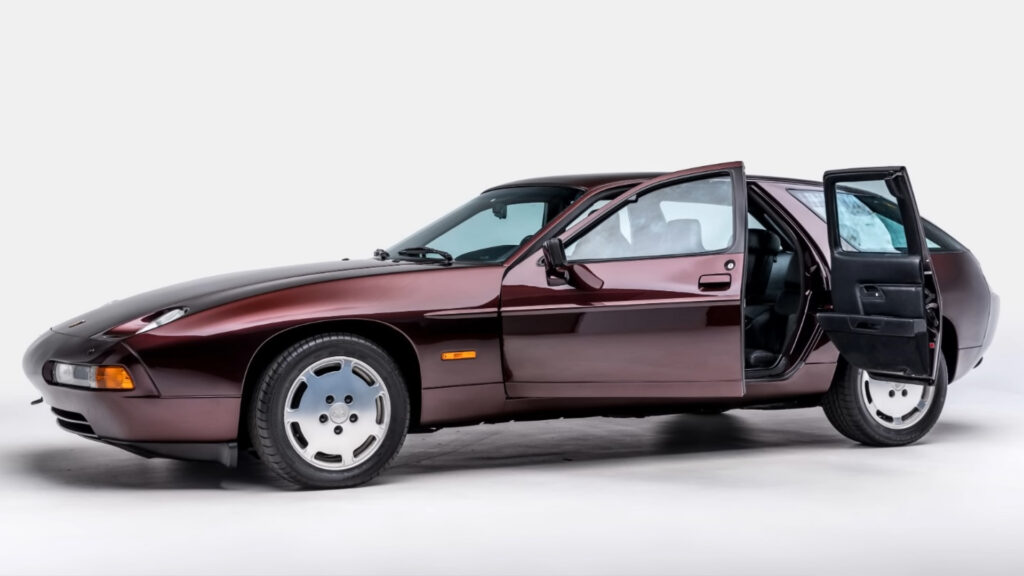
Porsche’s next attempt came in the late 1980s with the 928 H50 prototype, a stretched, four-door shooting brake version of the front-engined 928. This car featured rear-hinged suicide doors that only opened with the fronts (similar to the setup on the Mazda RX-8), and even had power reclining rear seats to show they were serious about actually having rear passengers. However, the prototype, created by American Sunroof Company, had a large transmission hump for the RWD drivetrain that made it difficult for rear occupants to move about the cabin. Additionally, its trick doors meant no proper B-pillar, and it therefore didn’t have enough structural rigidity to meet Porsche’s standards.
Watch: The Panamericana Is One Of Porsche’s Most Daring Concepts Ever
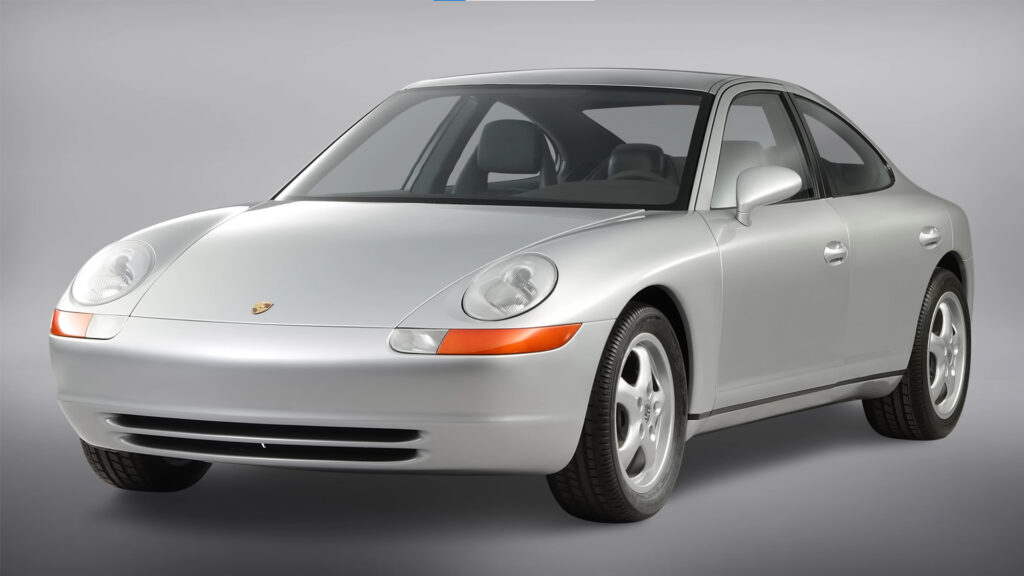
A few years later, after a management shake-up, Porsche decided to try their hand at a 4-door once again with the 989 concept, probably the closest thing to a Panamera as we know it before the Panamera actually existed. Designed to be a family sports car with the emphasis on the “sports car” part, the project was being benchmarked against the BMW M5 of the time. The concept had a Audi-sourced V8 and rode on an all-new platform, whispering performance figures to the tune of 6 seconds to 60 mph (96 km/h) and a 170 mph (274 km/h) top speed.
As far as styling went, despite its creation around the time of the 964 911, it instead adopted a more modern look, paving the way for the design language we now associate with the 993 911. By 1991, three full scale models were built, but the finances just weren’t there. It was estimated that Porsche would have needed to sell 15,000 989s per year at a price 50% higher than the modern Panamera just to break even, at a time when they were selling barely 2,000 928s per year. In 1992, despite all the money that had been sunk into it, the promising 989 project was finally scrapped.
Related: Porsche Builds A One-Off 968 Speedster With Fashion House
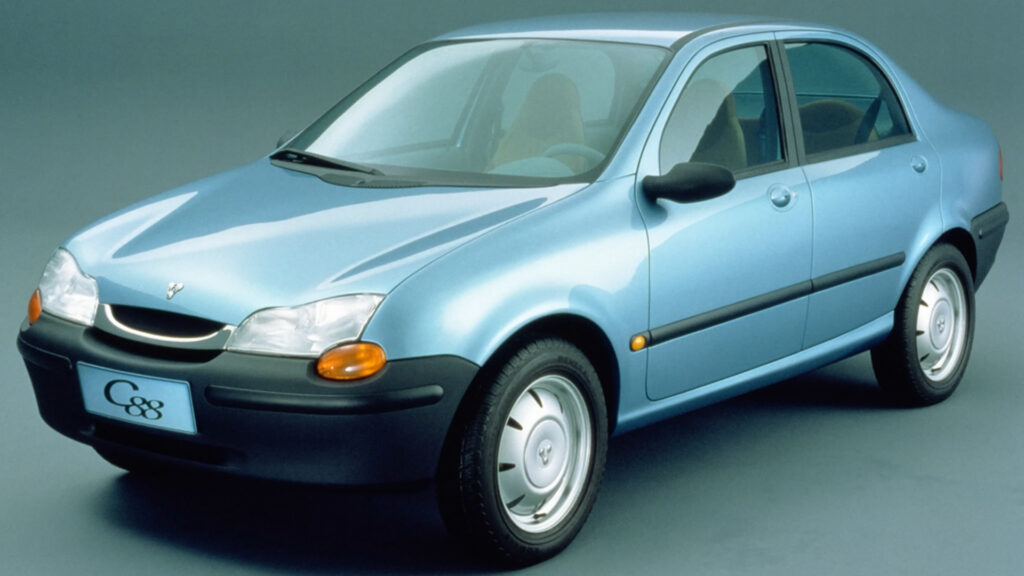
One final blip before on the four-door timeline came in the form of a compact economy sedan designed for the Chinese market. Called the C88, the family car had little to no sporting intentions whatsoever (nor was it branded as a Porsche), and while there was a prototype made, none were ever put into production.
It was eventually the Cayenne that would become the first four-door Porsche in 2002, but the one closer to the lineage of its predecessors was the Panamera, which debuted in 2009. The Panamera now lives on in its second generation 14 years later, and even comes in a proper wagon version as well. We’ve also now got the electric Taycan, as well as its Gran Turismo wagon variant, in addition to the Cayenne and Macan SUVs.
For the full details on the four-door Porsche story, as well as the myriad “missing link” vehicles that came along the way, we recommend checking out Big Car’s video below.



